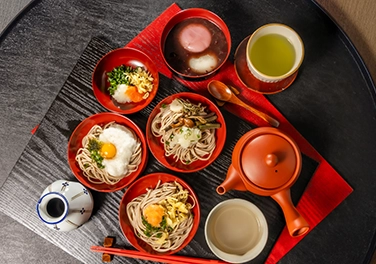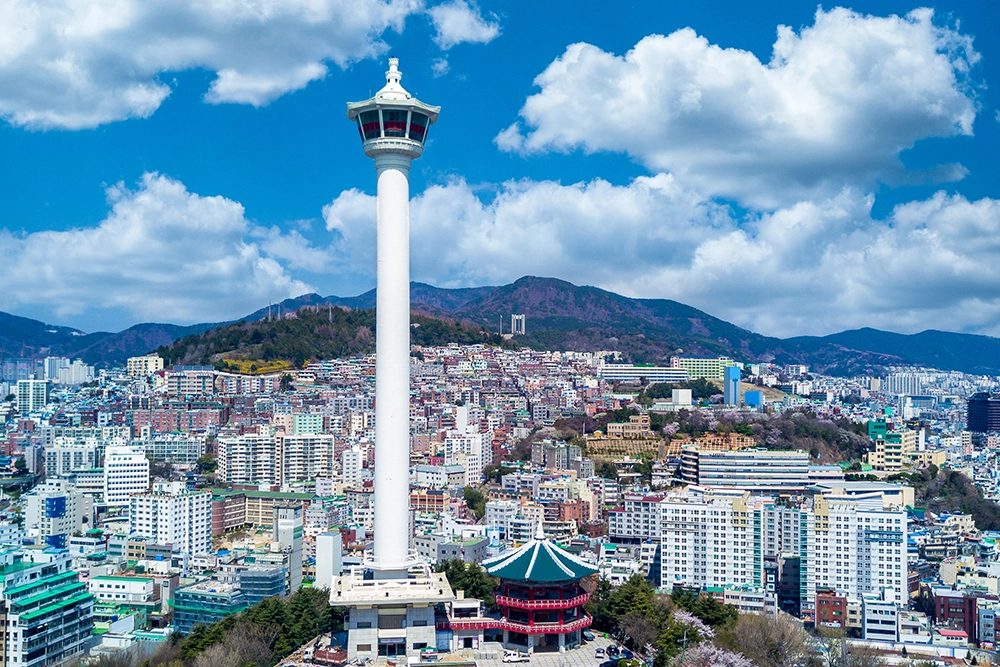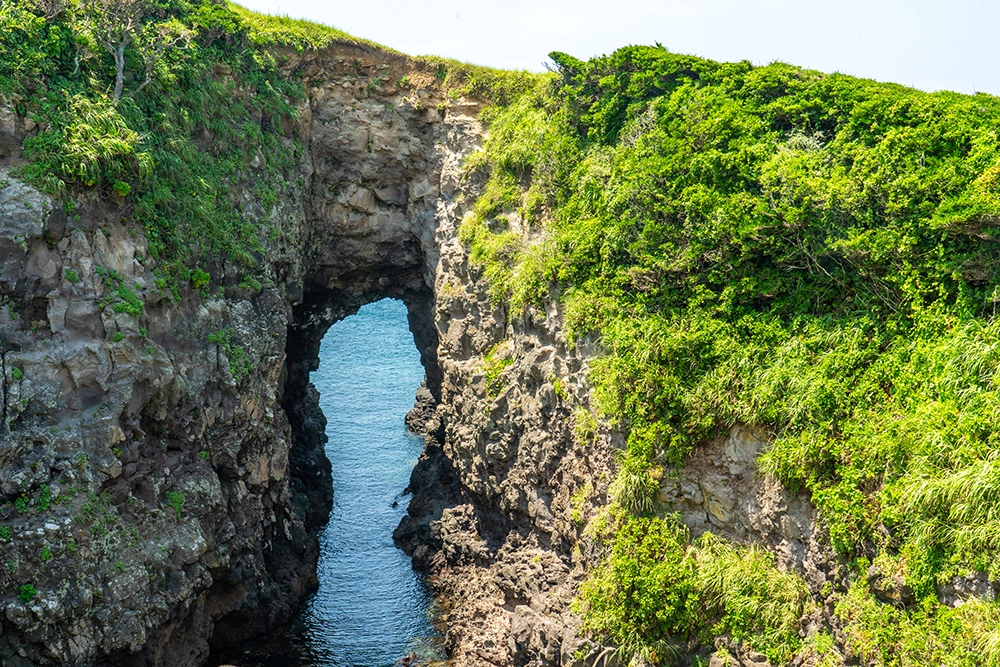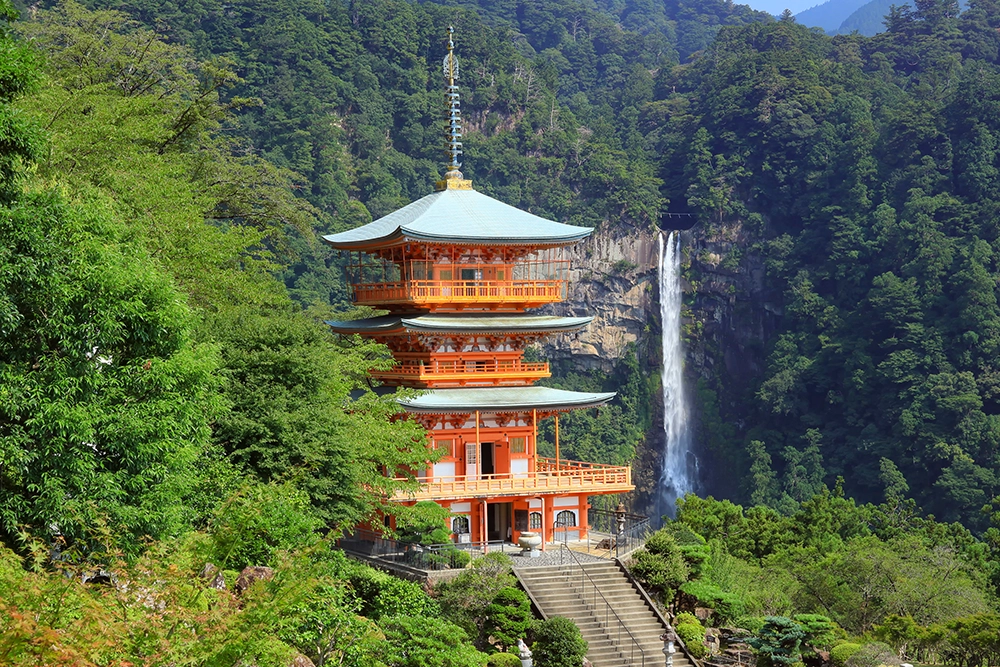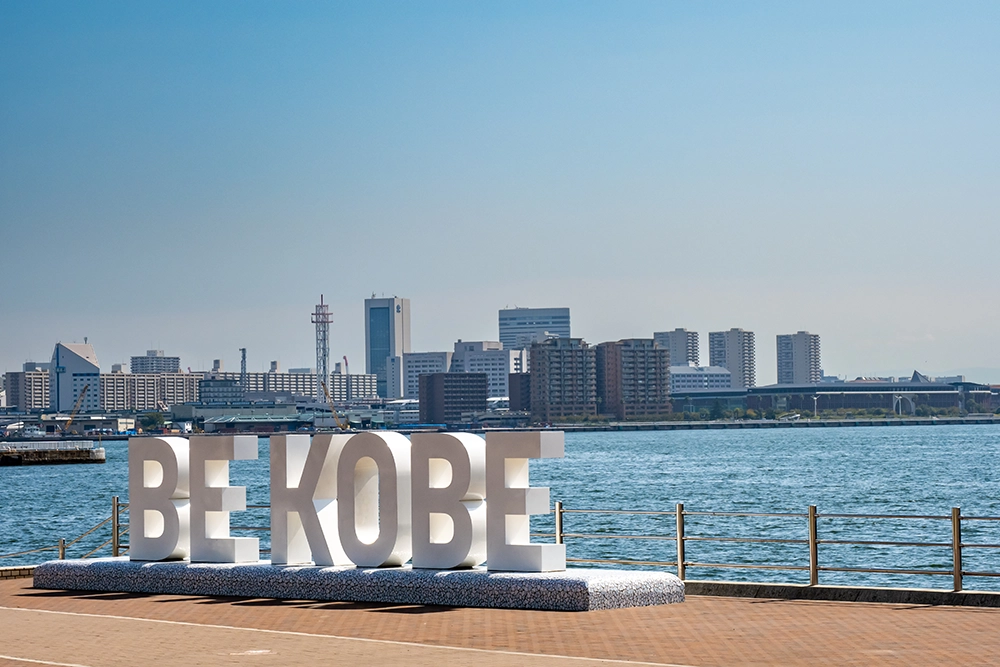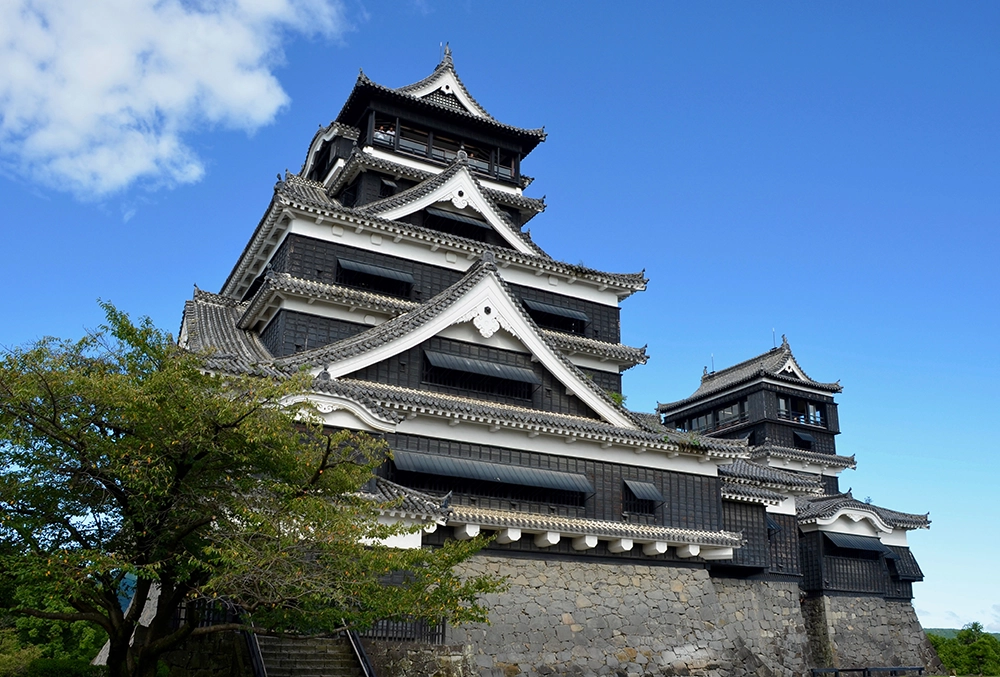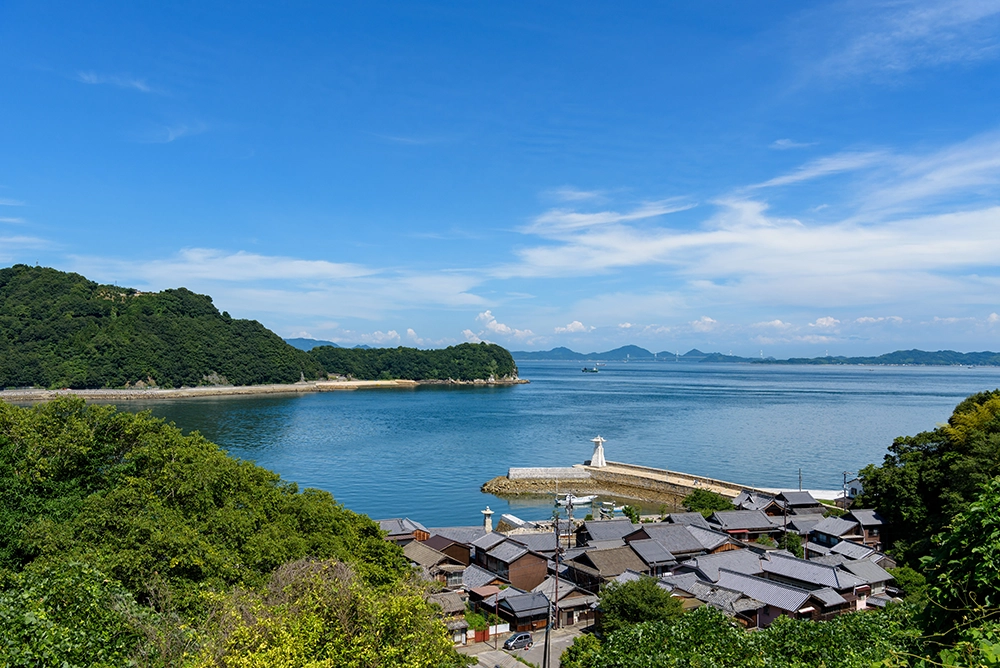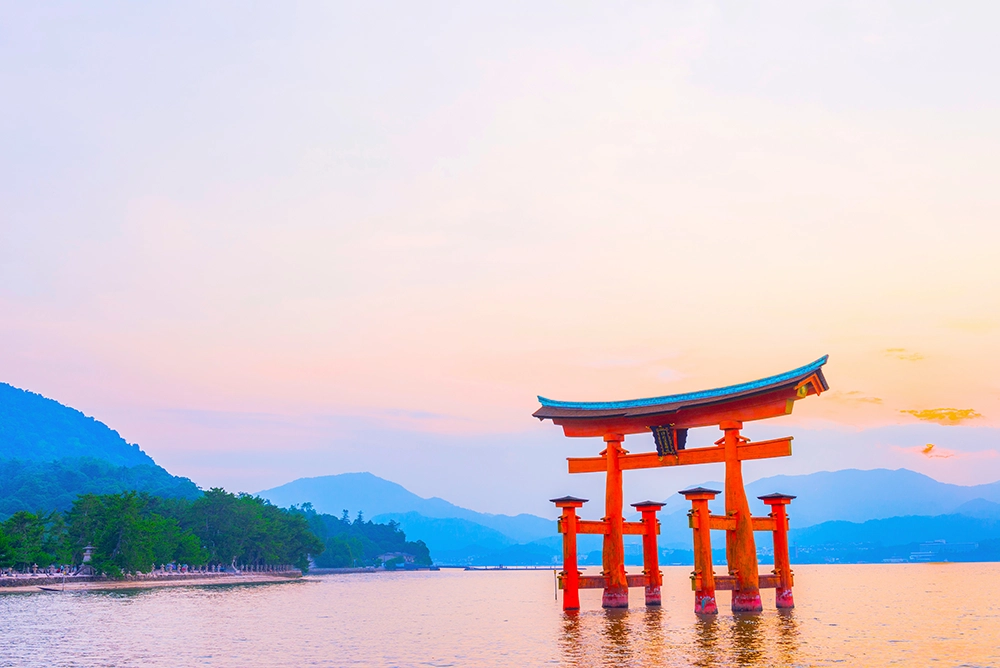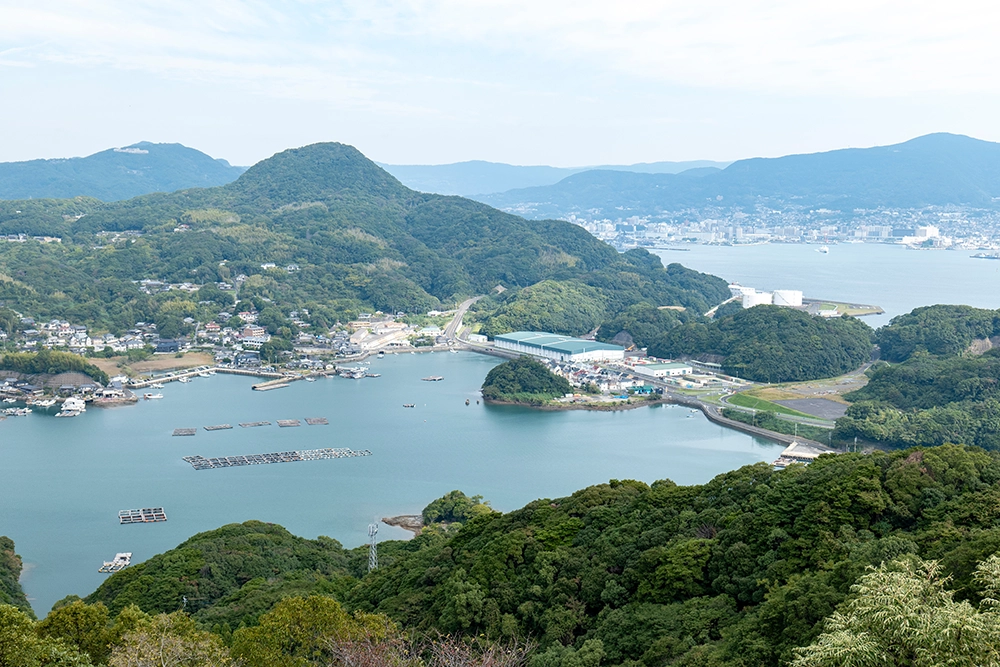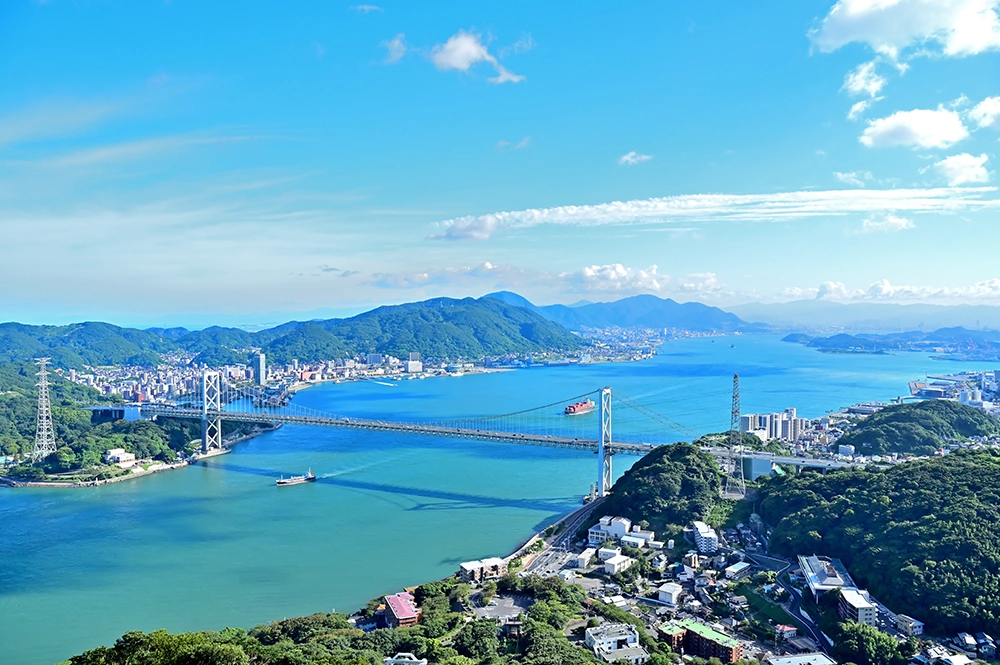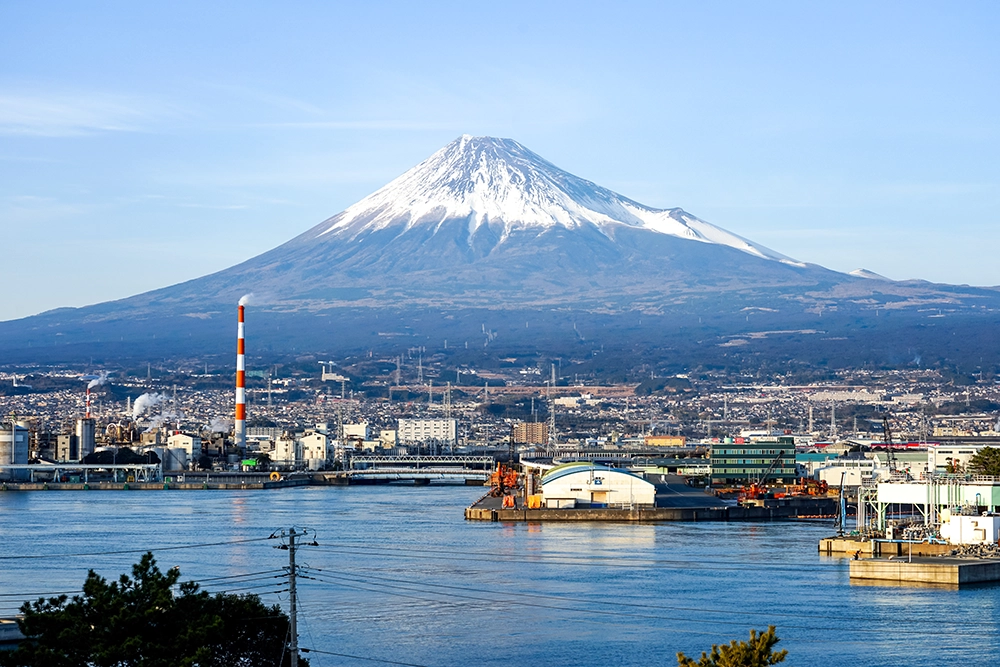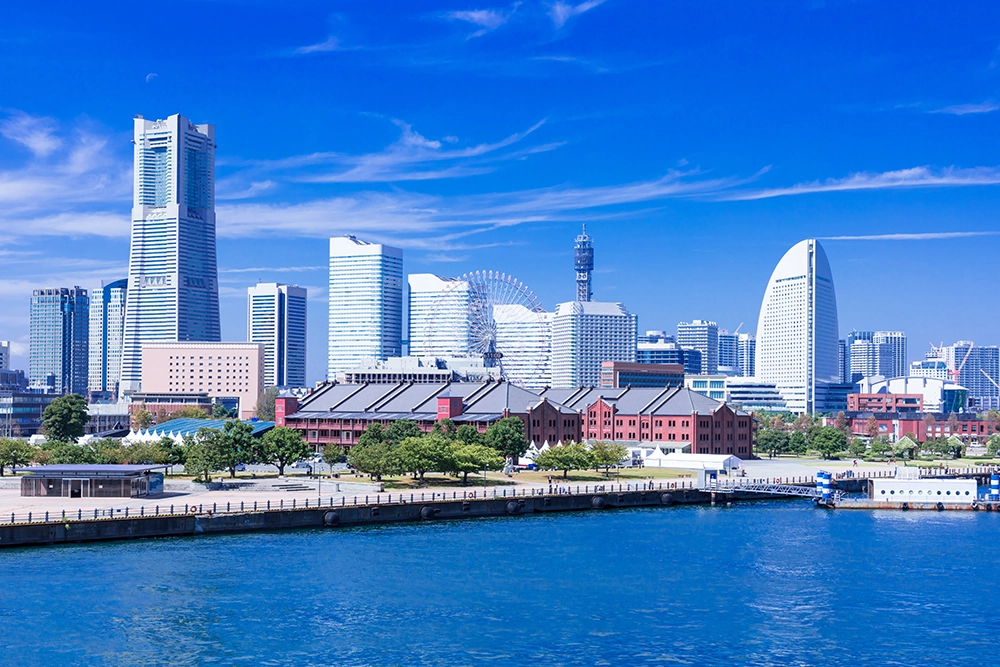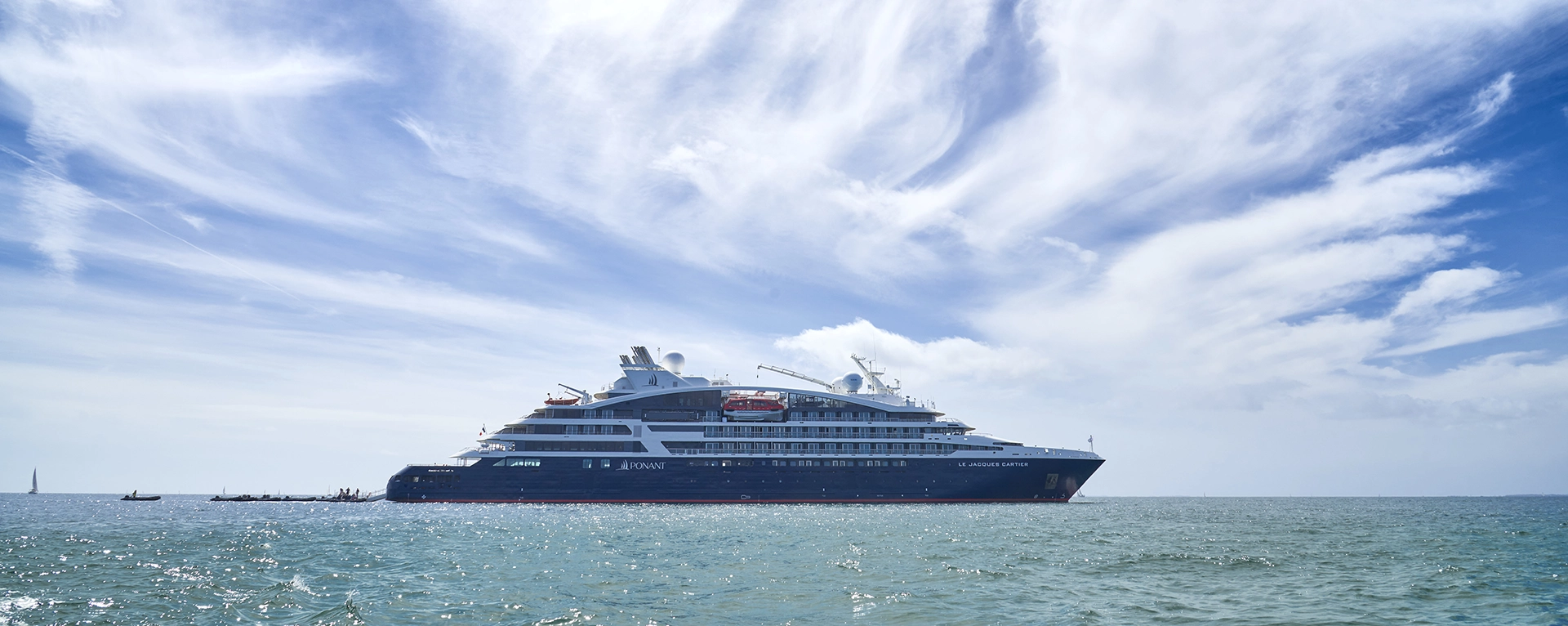
About
More than just a cruise, we offer the ultimate experience that engages all five of your senses.
Discover a redefined cruise experience, where elegance meets
adventure. With world-class service, immersive itineraries, and
stunning destinations, we offer a seamless blend of luxury and
exploration. Step aboard and embark on an unforgettable journey
through the world's most iconic waterways.
Itinerary
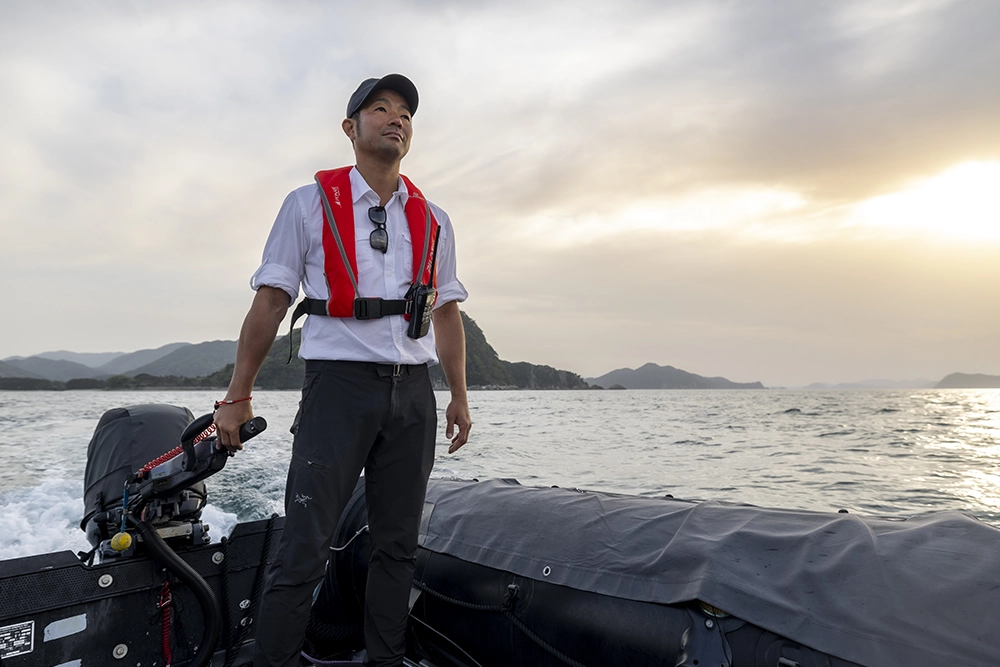
A Timeless Voyage of Refinement
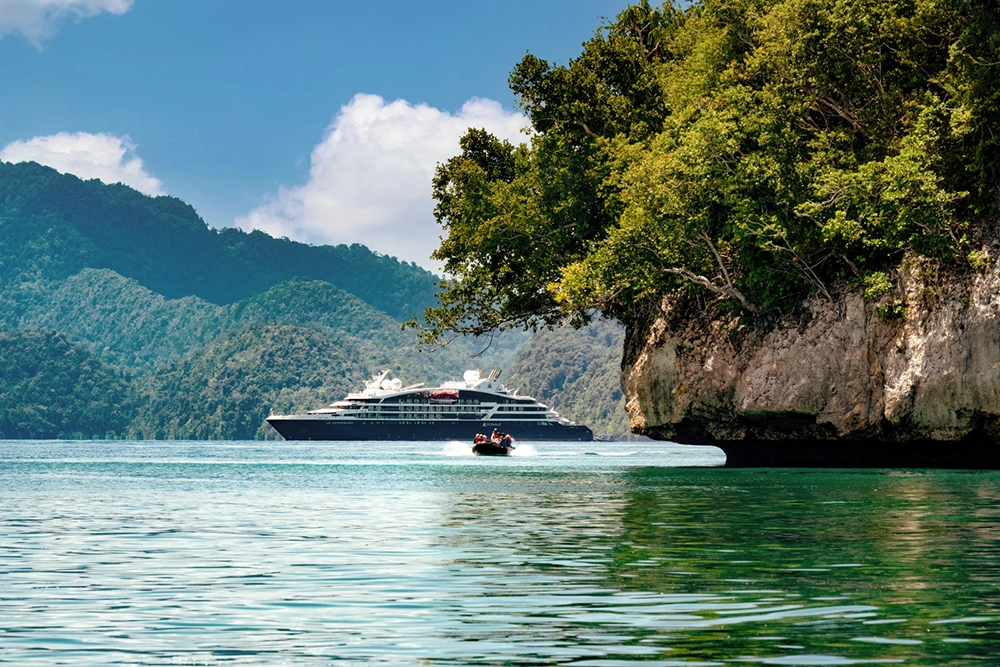
The Essence of Japan: Modernity and Tradition
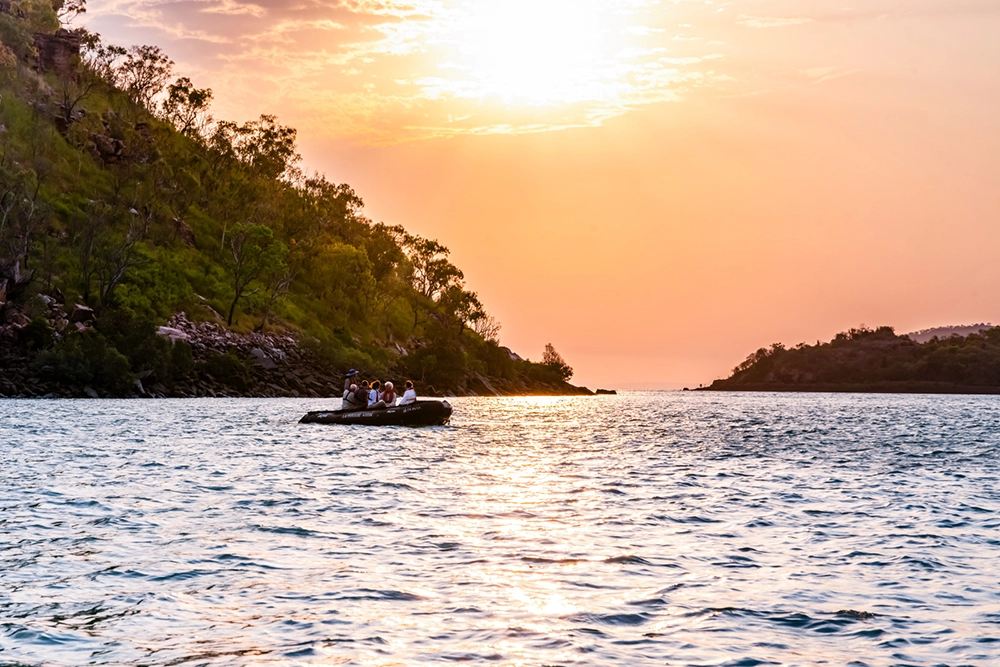
A Journey to Hidden Gems in Japan
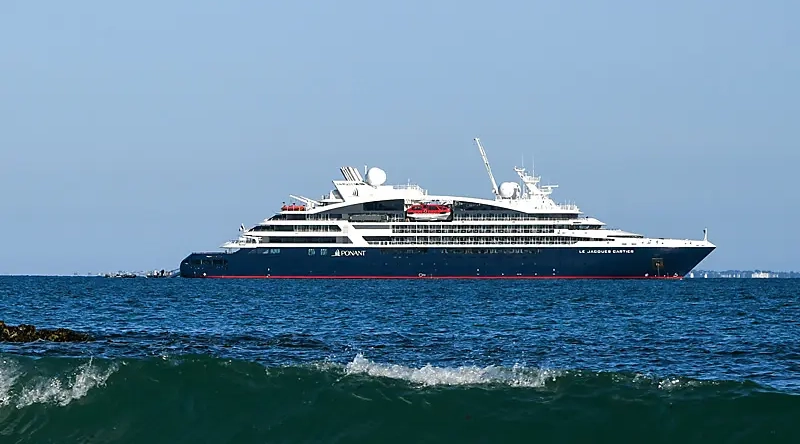
Our Ship
Le Jacques Cartier
Le Jacques Cartier is a modern, environmentally conscious cruise ship featuring cutting-edge technology and a unique underwater lounge called the "Blue Eye," offering passengers an immersive marine experience.
Highlights
13/03/2027 to 25/03/2027
25/03/2027 to 06/04/2027
06/04/2027 to 18/04/2027
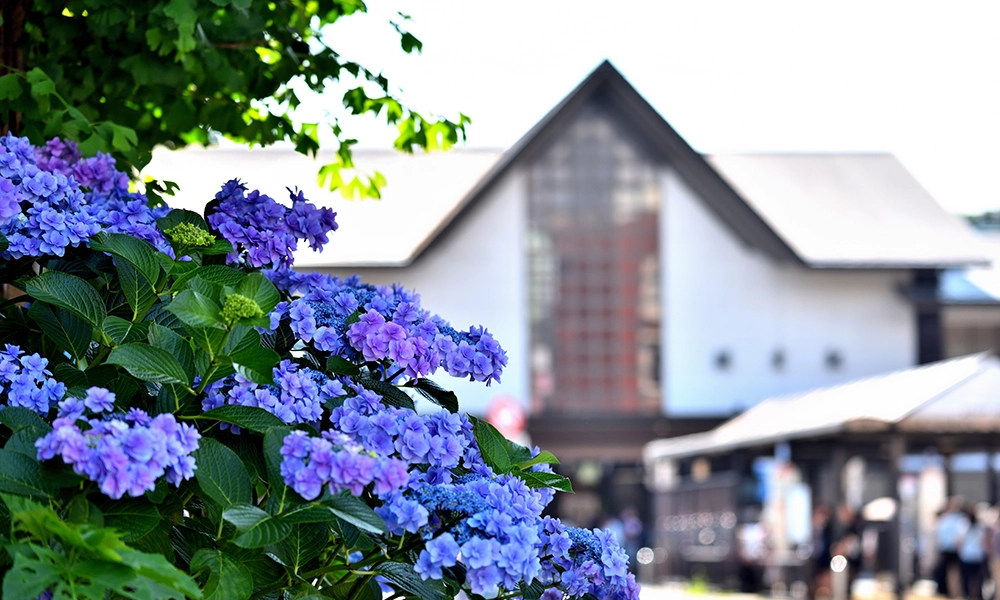
Additional service with hospitality.
Pre Post Stay
Experience the city in depth before or after your cruise. Stay in accommodation we’ve carefully selected. Explore must-see sights and must-do activities on tours led by expert guides.
Port Information
Gateway to Japan’s Coastal Wonders
Discover key ports across Japan, each with its own unique charm.
From historic landmarks to vibrant local markets,
explore what awaits at every stop on your cruise journey.
Tips
Japan: Essential Guide
From culture and legends to gastronomy, Japan strikes a remarkable balance between timeless traditions and a forward-looking spirit.
1. Facts & Figures: 6,852 Islands
While most of Japan’s population lives on the four main islands—Honshu, Hokkaido, Kyushu, and Shikoku—the archipelago actually consists of 6,852 islands in total, offering endless possibilities for exploration.
2. Culture
- Harmony & Respect: Japanese society values harmony and mutual respect, evident in daily interactions and exceptional service.
- Politeness & Bowing: Bowing is a customary gesture of greeting, gratitude, or apology. While handshakes are acceptable in business, they are less common in everyday life.
- Time Management: Punctuality is key—being on time is expected and deeply respected.
- No Tipping: Service is of the highest quality, and tipping is neither expected nor customary. A sincere thank you is more than enough.
- Tradition Meets Innovation: Japan gracefully balances age-old customs with cutting-edge innovation, from temples to tech.
3. Books, Music & Film
- Books: Midnight Diner by Yarō Abe is a heartfelt manga that tells the stories of colorful night-time diners in Tokyo. A deeply human, slice-of-life narrative that resonates with readers around the world.
- Music: While Western classical music is taught in schools from age six, traditional Japanese music is becoming rare—an art form now mostly preserved by a few passionate teachers.
- Film: Sweet Bean (2015), based on a novel by Durian Sukegawa, is a poetic tale of three unlikely companions whose lives revolve around dorayaki pancakes and second chances.
4. Gastronomy
Japanese cuisine is renowned not only for its flavors but also for its visual artistry. Beyond sushi and ramen:
- Street Foods: Try takoyaki (octopus-filled savory balls), a street favorite.
- Kaiseki: A multi-course haute cuisine that celebrates seasonal ingredients, artistry, and tradition—a must for any gourmet traveler.
5. History at a Glance
- Ancient Roots: Influenced by Chinese and Korean civilizations.
- Samurai & Shoguns: A feudal era defined by warriors and castles.
- Edo Period: Peace, art, and culture flourished.
- Modern Era: Rapid development following the Meiji Restoration, propelling Japan onto the global stage.
FAQ
What is the cancellation policy?
■Cruise service fees
・Up to 15 days after the date of Conclusion of the Contract: no cancellation fees
・From 15 days after the date of Conclusion of the Contract to 365 days before the cruise departure: JPY 25,000 per passenger per cruise
・From 364 days to 211 days before the cruise departure: 10% of the cost of the service
・From 210 days to 91 days before the cruise departure: 25% of the cost of the service
・Less than 91 days before the cruise departure: 100% of the cost of the service
■Fees for other services:
・Insurance benefits policies are non-refundable and non-cancellable.
・Individual/scheduled flights: CDP invoices the Passenger for the actual costs invoiced to CDP by the service provider at the time of cancellation.
・Group land-based services or Group air services under the Contract or Private/on demand services:
・Up to 15 days after the confirmation date: no cancellation fee,
・From 15 days prior to departure to 211 days prior to the cruise departure: 10% of the total cost of the services
・ From 210 days to 91 days prior to the cruise departure: 25% of the total cost of the services
・Less than 91 days prior to the cruise departure: 100% of the total cost of the services
How can I book a sailing?
How can I make reservations before or after cruising ?
I am considering taking consecutive cruises. Is there a discount for consecutive sailings?
Where can I find the schedule of stops for my cruise?
News
2025.10.09 BROCHURE now available in PDF and e-book formats
Our brochure is now available in both PDF and e-book formats. Please access it via the “BROCHURE” link located at the top or bottom of this page.
2025.09.25 Pre and post tour package information has been updated with the PRE POST STAY page
Hankyu Travel International, with its extensive knowledge of Japan, has arranged exclusive pre and post cruise tour packages.
Make the most of your stay in Japan and enhance your overall experience on both land and sea.
Discover more here.
2025.09.25 Shore excursion information has been added to the Port Information page
We are pleased to announce the details of shore excursions for all three of the exciting sailings chartered by Hankyu Travel International.
On every sailing, guests will visit Daisho-in Temple on Miyajima Island with the opportunity to experience Zen meditation. In addition, on A Timeless Voyage of Refinement and The Essence of Japan: Modernity and Tradition courses, guests will watch a live demonstration of tuna carving by a skilled chef followed by a tasting in Katsuura. Meanwhile, on A Journey to Hidden Gems in Japan course, guests will explore the ancient Yakusugi cedar forest on Yakushima Island, home to trees which are more than a thousand years old.
Each sailing has been carefully designed to highlight Japan's rich history and pristine natural beauty. We invite you to delight in the
charm of springtime in Japan.
*Click on the course titles to view the detailed itinerary. Within the itinerary, clicking on the port names will bring you to the port information page.
*Please note that these programs are subject to change depending on the weather and unavoidable circumstances.
2025.06.20 2025 Cherry Blossom Forecast & Timing Across Japan
Each year, Japan’s sakura season unfolds like a pink wave moving northward from the warmer regions of Kyushu to the cooler climates of Hokkaido. In 2025, the season began slightly later than average due to colder-than-expected February temperatures, but quickly caught up with brilliant full blooms throughout April.
Kyushu Region
First Bloom: Around March 16 in Uwajima, Ehime Prefecture
Full Bloom: By March 23–25 in areas like Kumamoto and Fukuoka
The southernmost major island, Kyushu, usually kicks off the sakura season. This year was no exception, with blooms peeking out mid-March and flourishing within the week.
Shikoku Region
First Bloom: Late March
Full Bloom: Around March 26–30
Shikoku, nestled between Honshu and Kyushu, enjoyed consistent bloom patterns. Kōchi was among the earliest bloomers on March 23.
Kansai Region
First Bloom: March 25–27
Full Bloom: April 1–3
Iconic hanami spots like Kyoto’s Maruyama Park and Nara’s Mount Yoshino reached full bloom just as the new school year and fiscal year began, making for symbolic fresh starts.
WHO WE ARE
Hankyu Travel offers a wide range of cruise tours, from domestic to international voyages, catering to both first-time and seasoned travelers. Our expert consultants provide personalized cruise experiences to match your preferences.


